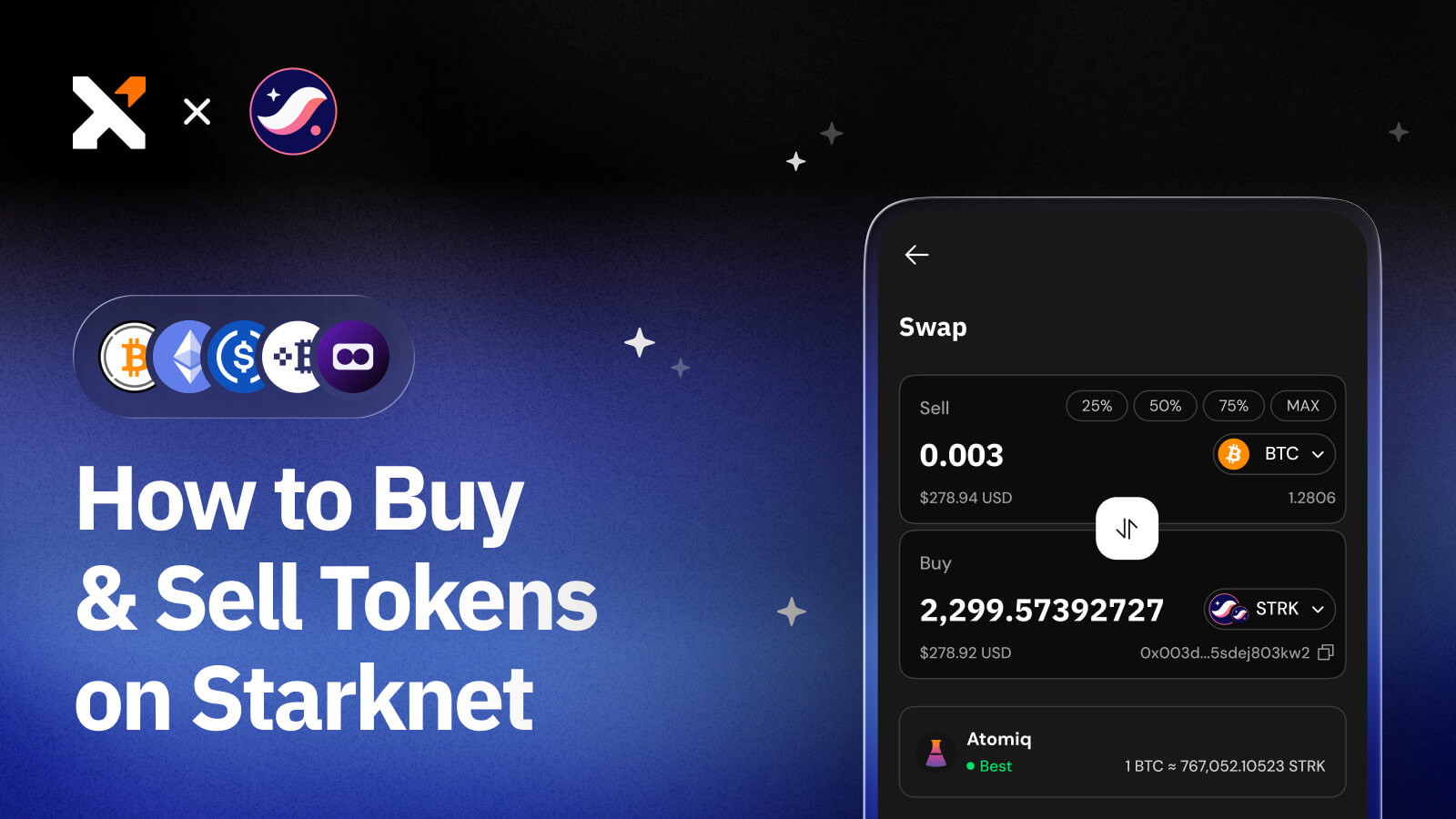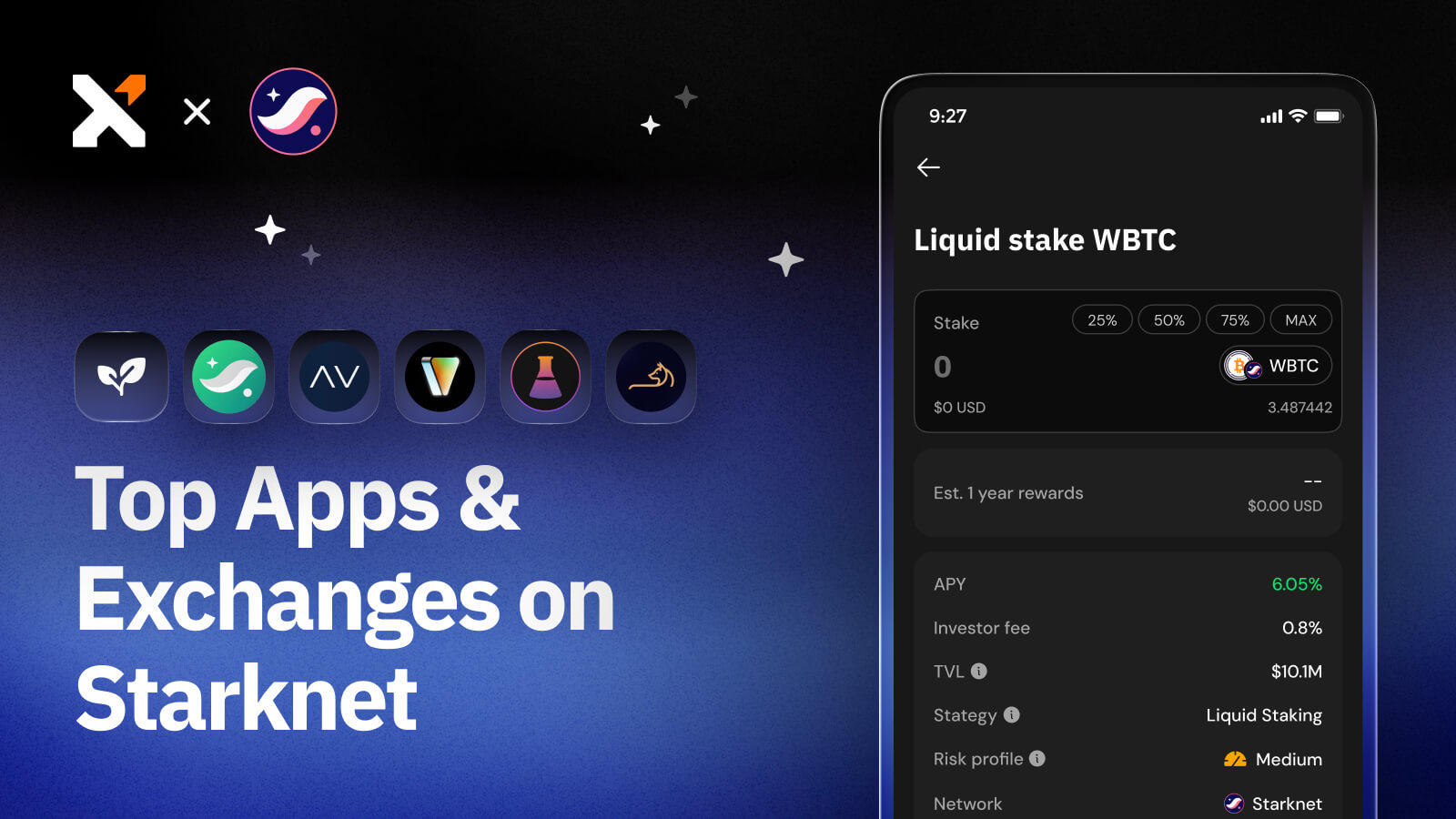What Is a Multisig Wallet & When Should You Use One?
Learn everything you need to know about multisig wallets, their pros and cons, and how to create one using Xverse.

Sign up for updates!
Stay tuned to our latest news and updates
.svg)
Multisig wallets are a highly secure and adaptable option for storing bitcoin and other digital assets if you’re looking for a safer way to secure your funds or want to share ownership with your trusted peers.
Read our guide to find out how they work, who can benefit from using them, and how you can get your own multisig wallet with Xverse.
What Is a Multisig Wallet?
A multisig, or multi-signature, wallet is a Bitcoin wallet that requires more than one private key to sign a transaction, hence the name.
They can be used only by you or companies or groups of people who all share the funds in the wallet. This makes them much more secure compared to traditional, one-signature wallets.
How Do Multisig Wallets Work?
In “normal” Bitcoin wallets, you would sign the transaction with one private key to confirm you own the funds in a particular wallet address and that you want the transaction to go through.
In multisig wallets, a certain minimum number of keys (e.g., 2 of 3), controlled by just you or you and other persons, must sign a transaction.
This adds to security, so nobody can access the funds by themselves, also preventing malicious actors from taking advantage of one key when multiple are needed.
Types of Multisig Wallets You Should Know
Multisig wallets are usually divided into M-of-N and N-of-N wallets, depending on the number of signatories needed to authorize a transaction.
In both these scenarios, N is the total number of wallet owners, while M is the minimum number needed for authorization.
M-of-N Multisig Wallets
M-of-N multisig wallets have N number of private keys, with M needed to sign a transaction, where M is smaller than N. Here are several possibilities:
- 1-of-2 Signatures: in this case, there are two private wallet keys, but only one is needed to authorize transactions.
- 2-of-3 Signatures: out of three keys, at least two must authorize transactions. This ensures that if someone obtains one private key, they still can’t control the funds.
- 3-of-5 Signatures: out of five private keys, at least three have to authorize every transaction.
N-of-N Multisig Wallets
In some cases, all wallet keys are required to authorize transactions. This number can be as low as two or as high as 16. This is useful for security purposes.
For example, in the case of companies, all parties must agree before a transaction happens, and no one can be voted over. On the other hand, if even one owner loses access to their key, no one can move the funds anymore.
When Should You Consider Using a Multisig Wallet?
Although multisig wallets are safer than traditional wallets, not everyone needs them.
A multisig wallet might be overkill for small amounts of bitcoin. But if you hold a life-changing sum, you might want to explore this option more closely, set up your multisig wallet, and be in control of all the private keys required to sign a transaction by yourself or share them among your trusted peers.
Additionally, if you’re sure you need the backup that comes with someone else being a potential signatory, you may go for a 1-of-2 multisig wallet. You can still sign the transactions yourself, but someone else has your back if you lose access to your private key.
One of the most significant use cases for multisig wallets is teams and organizations. If more than one person or an entity owns the funds, all of them should have access to them, and enabling them all to participate in the authorization process increases security, reduces weak points, and levels the playing field.
Finally, multisig wallets can include escrow services, where a third party acts as a mediator between the others. This way, they’re responsible for adding the needed signature when all parties agree to any terms so that the funds can be released.
Benefits & Drawbacks of Multisig Wallets
Multisig wallets have a number of pros and cons. Let’s take a look at them.
Pros
- No single point of failure: if one key is lost, stolen, or otherwise compromised, your funds aren’t irretrievably lost as long as other keys can still sign transactions.
- Institutional use: for companies and organizations with bitcoin holdings, multisig wallets ensure all relevant parties are privy to everything being done with the funds.
- Adaptability: different user groups can usually adapt multisig wallets to fit their needs. This way, families, friends, companies, etc. who share funds can all find a type of multisig wallet to align with their needs.
Cons
- Technical requirements: multisig wallets are usually more complicated to set up and use than traditional, single-ownership wallets. Sometimes, they require technical know-how that is above beginner level. However, this is also being addressed by developers, and setting up your multisig wallet is becoming easier, as you’ll see in the section below.
- Delayed transaction approval: if a multisig wallet is being used by a group of people and/or entities, there is no guarantee that all signatories will authorize a transaction at the same time.
How to Create a Multisig Wallet With Xverse: A Step-by-Step Guide
Creating a multisig wallet with Xverse is incredibly easy, and in this part, we’ll show you exactly how to do it yourself.
Xverse offers this feature in partnership with multisig provider Asigna.
To get started, download the Xverse wallet. It’s available on mobile (both iOS and Android) and as a browser extension exclusively for Chrome. Then, create a new wallet, back up your seed phrase, and set a secure password, and you’re ready to start.

Then, you’ll need to connect this wallet to Asigna. Simply open the website, click on Connect Wallet, find the Xverse option, and then follow the steps shown to sign the message and authorize the connection.

You’ll be able to either accept an invite to an existing safe or create your own. When creating your own, you can choose whether you want a native SegWit or a Taproot safe type.
Don’t forget to give your safe a name.

Then, add up to 16 owners (you can own all the keys yourself or share them with someone else), and set a confirmation threshold: this is how many private keys will have to sign the transaction before it can go through.
Finally, review your info and, if you’re happy with everything, your Xverse multisig wallet is created and ready for use.

Download Xverse to Create Your First Multisig Wallet
If you’re looking for a Bitcoin multisig wallet, Xverse is an excellent choice. Xverse is very beginner-friendly, so all the signatories, even if it’s just you controlling all the keys, can easily participate, regardless of previous experience with multisig.
Download Xverse to create a multisig wallet today.
FAQs
Can multisig wallets be hacked?
Multisig wallets are exceedingly hard to hack since they rely on more than one private key to sign a transaction, and these keys are controlled by multiple parties, so there’s no central point of failure.
In theory, it’s possible to trick holders of a multisig wallet and steal their private keys if they’re not careful, but the majority of traditional hacking methods are almost completely ineffective when it comes to multisigs. This makes them one of the most secure wallet types currently available.
What is an example of a multisig wallet?
Xverse is an example of a Bitcoin multisig wallet. Its multisig functionalities are offered in partnership with multisig provider Asigna, where you can create your vault, add up to 16 private keys to it, and then set how many of them are needed to sign transactions. All of the security features of multisig wallets are available this way, and Xverse is very easy to use, even for complete beginners.
Share this article



.svg)



.webp)
